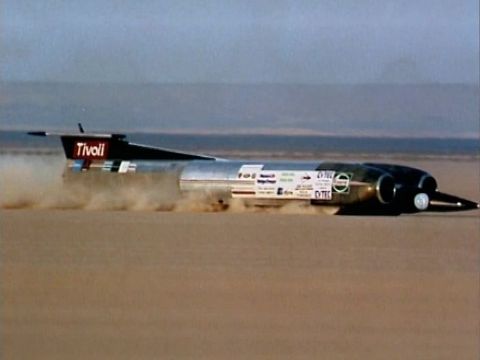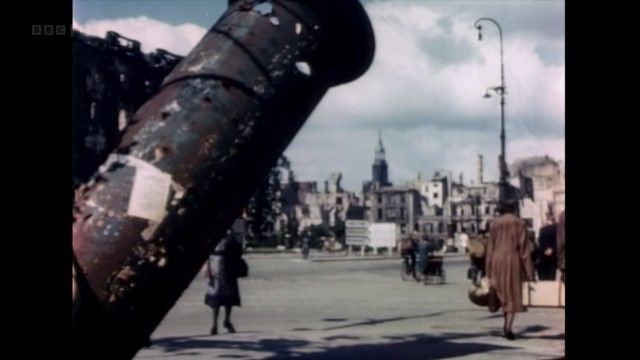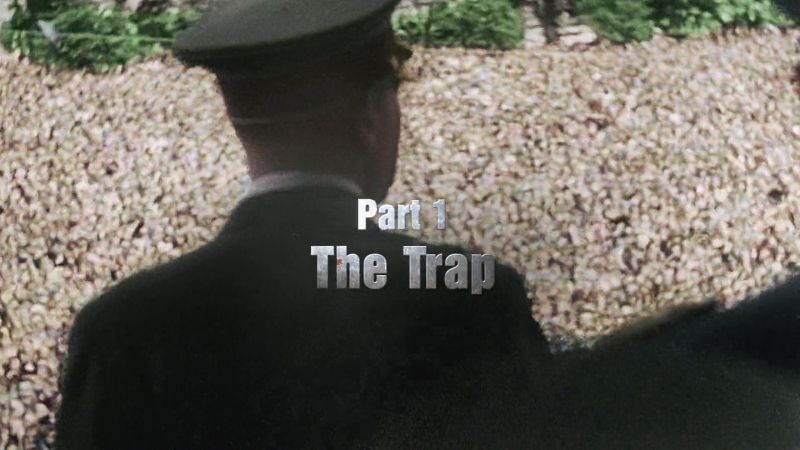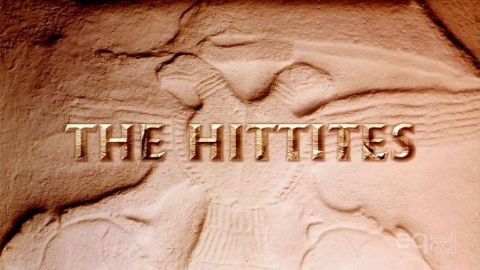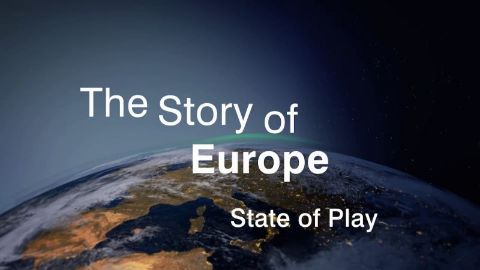The Wall: A World Divided • 2010
The Berlin Wall separating East and West Germany was the most potent symbol of Communist oppression in Europe during the Cold War. The documentary "The Wall: A World Divided" profiles how a source of violence, hostility and pain was torn down by ordinary journalists and citizens who risked their life to bring down an oppressive regime and achieve what politicians and world leaders could not. "The Wall: A World Divided" looks deep inside the revolution that swept across Europe two decades ago — with the November 1989 opening of the Berlin Wall — to understand how this remarkable event helped end the Cold War without a shot being fired. The film explores the lives of ordinary people caught up in Cold War politics: a young father forced to tunnel beneath the wall to reunite his family; a teenager whose love of pop culture got him in deep trouble with the state; a student activist helping make a peaceful revolution while facing down tanks; and a young man broken by the ruthless interrogation methods of the secret police. With insights from political leaders like George H.W. Bush, Mikhail Gorbachev, Helmut Kohl, James Baker and Condoleezza Rice, explore the origins and demise of the notorious Berlin Wall, the structure's affect on ordinary German lives and the peaceful end to the Cold War. Full of detailed information, this historical PBS documentary explains the stark differences between East and West Germany and their process of reunification.
Make a donation
Buy a brother a hot coffee? Or a cold beer?
Hope you're finding these documentaries fascinating and eye-opening. It's just me, working hard behind the scenes to bring you this enriching content.
Running and maintaining a website like this takes time and resources. That's why I'm reaching out to you. If you appreciate what I do and would like to support my efforts, would you consider "buying me a coffee"?
Donation addresses
BTC: bc1q8ldskxh4x9qnddhcrgcun8rtvddeldm2a07r2v
ETH: 0x5CCAAA1afc5c5D814129d99277dDb5A979672116
With your donation through , you can show your appreciation and help me keep this project going. Every contribution, no matter how small, makes a significant impact. It goes directly towards covering server costs.
